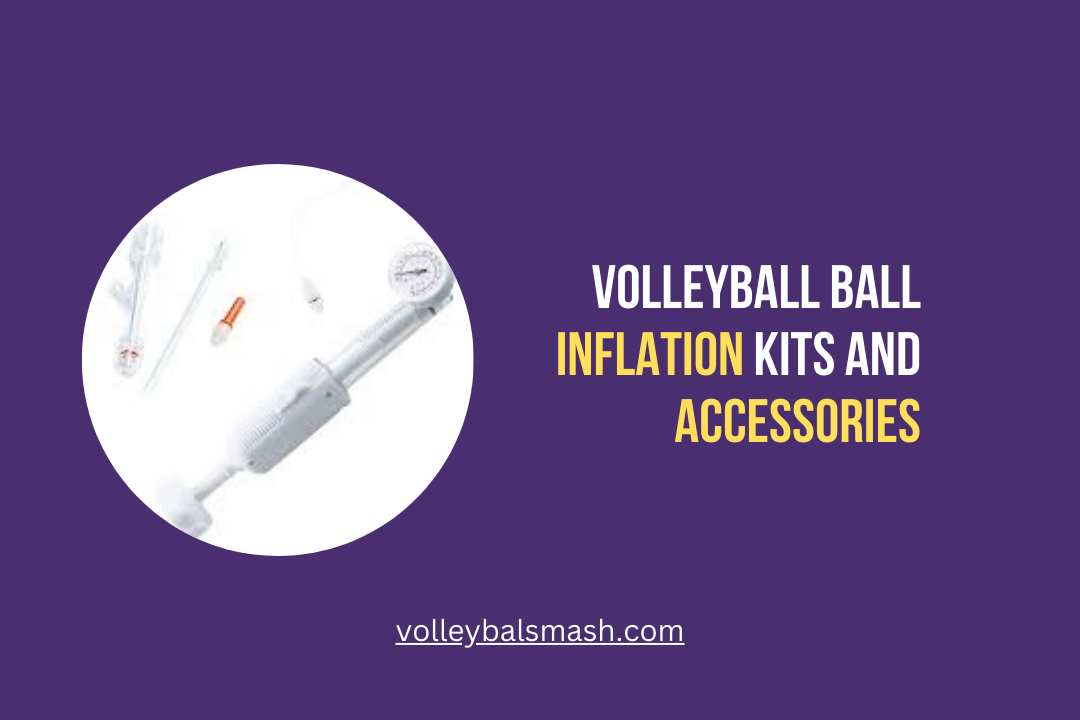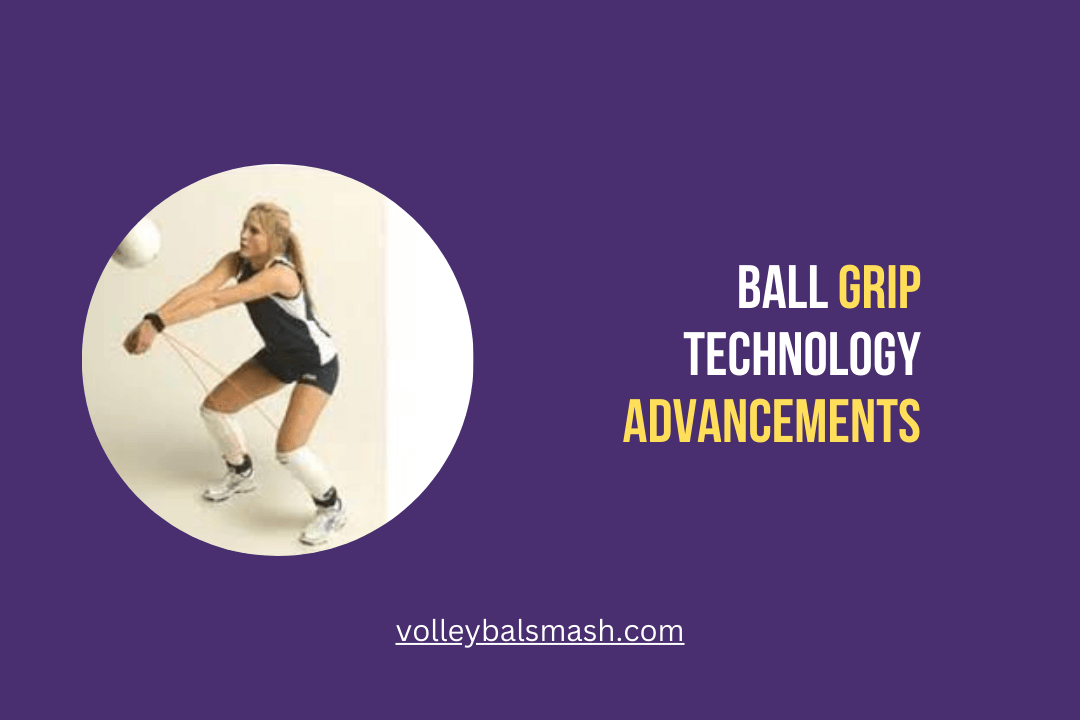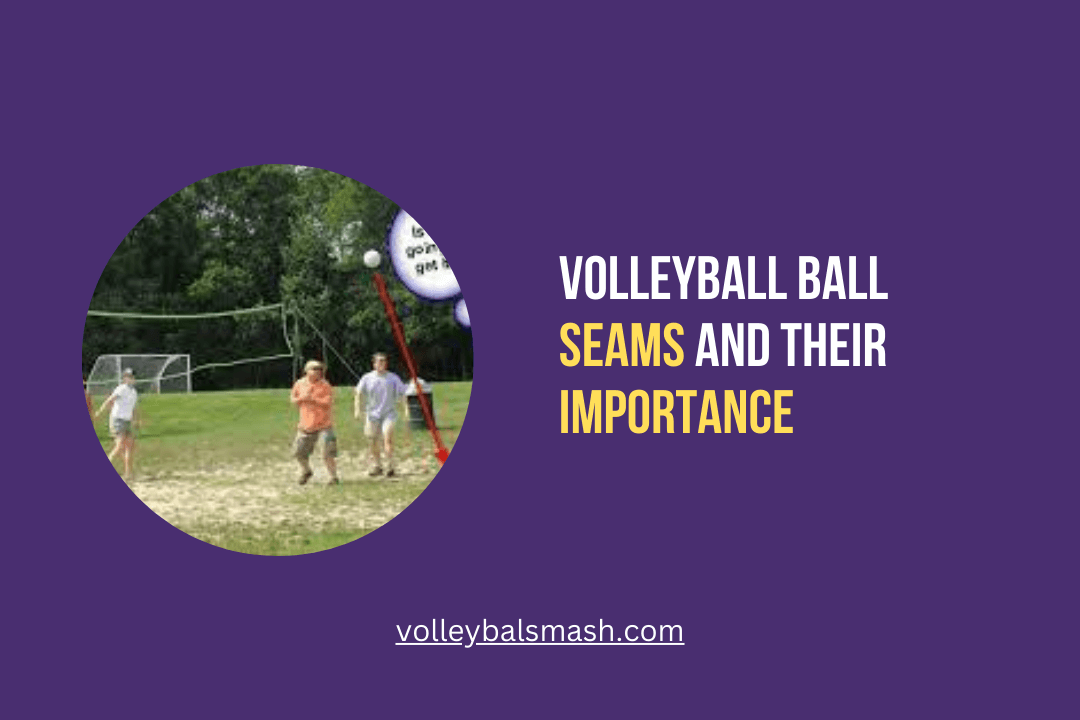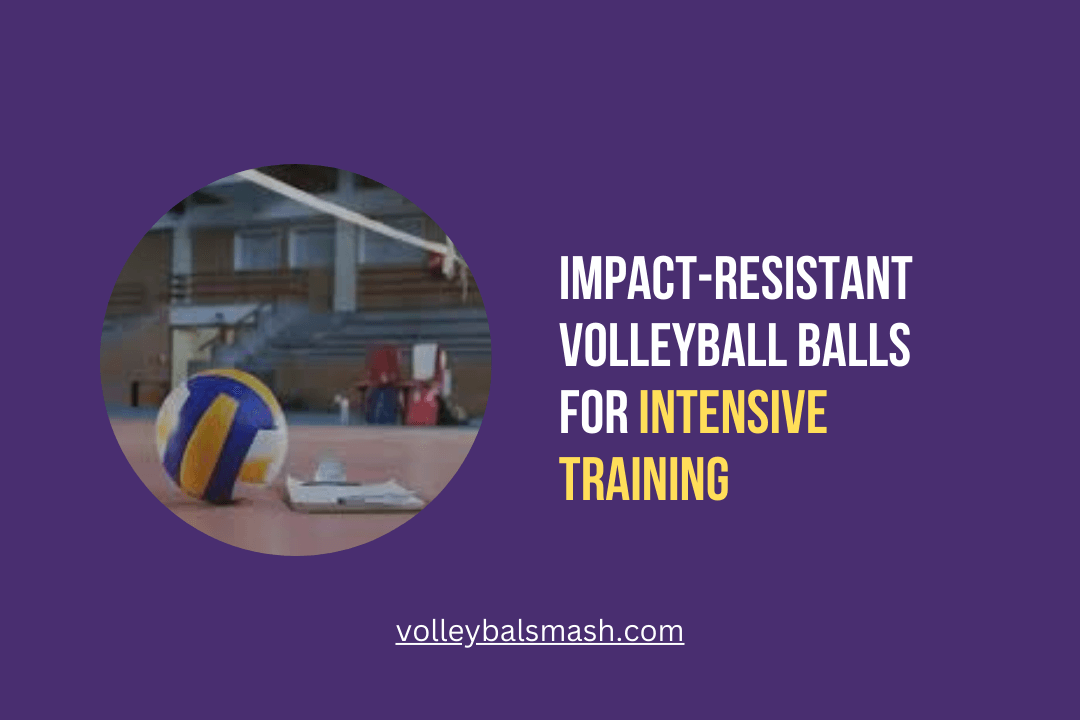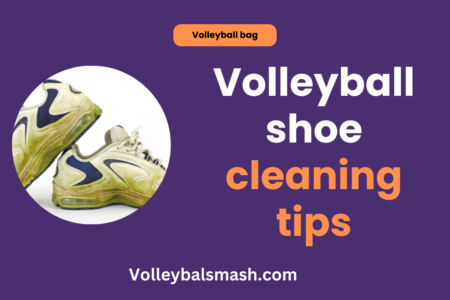Greetings, volleyball enthusiasts! Have you ever wondered why there are different volleyball ball sizes and age groups in the sport? It’s crucial to understand the importance of using the correct ball size for your age group in order to prevent injuries and enhance your performance. In this blog post, we will delve into the details of volleyball ball sizes and age groups, so you can be better prepared for your next game.

Volleyball Ball Size Basics
Obviously, the size of the volleyball ball is an important factor in the game. Understanding the basics of volleyball ball size is crucial for players, coaches, and parents. It ensures that you are using the right ball for your age group and level of play.
Official Size and Weight Standards
When it comes to official volleyball ball size and weight standards, there are specific guidelines that you need to be aware of. For indoor volleyball, the standard ball size is 65–67 centimeters in circumference, with a weight of 260–280 grams. For younger players, such as those in the 12 and under age group, there are slightly smaller and lighter balls, with a circumference of 63–65 centimeters and a weight of 250–260 grams. It’s important to ensure that you are using a ball that meets these standards to maintain fair play and safety in the game.
Material and Construction Variations
When it comes to the material and construction of volleyball balls, there can be variations that impact the play and durability of the ball. Volleyball balls are typically made of synthetic leather, composite leather, or microfiber PU material.
The construction can also vary, with some balls featuring a single-layer design, while others may have a multiple-layer or butyl bladder construction. It’s important to pay attention to these variations as they can affect the grip, feel, and overall performance of the ball. Knowing the material and construction of the ball you are using can help you make informed decisions about your equipment.
Ball Grip Technology Advancements
Age Group Classifications
One important aspect of volleyball ball sizes and age groups is understanding the different classifications based on age. These classifications determine the type of ball used and the level of play that is suitable for each age group. To learn more about the various age group classifications in volleyball, you can visit Volleyball For All Ages: Different Types And Their Benefits.
Volleyball for Children and Youth
When it comes to volleyball for children and youth, it is crucial to choose the right ball size and weight to ensure they can develop their skills properly. Young players are still growing and developing physically, so using the correct ball size is essential for their safety and overall enjoyment of the game. Additionally, it’s important to provide them with opportunities to learn the fundamental skills of volleyball in a fun and supportive environment.
Adult and Professional Volleyball Categories
As for adult and professional volleyball categories, the game becomes more competitive and physically demanding. This is where the use of the correct ball size and weight is crucial to maintain the integrity and safety of the game. For adult and professional players, using the appropriate ball size is essential for maintaining the high level of play and ensuring fair competition.
By understanding the age group classifications in volleyball, you can ensure that you are using the right ball size and weight for your level of play. It is important to remember that using the wrong ball size can lead to injuries and impact the overall quality of the game. Make sure to stay updated with the latest classifications and recommendations to keep yourself and others safe on the volleyball court.
Size Selection Criteria
Despite the many options available, choosing the right volleyball size is essential for a smooth and enjoyable game. Your volleyball should be selected based on factors such as the level of play, the age group of the players, and the playing surface. To help you with this decision, you can refer to 3 TIPS ON HOW TO CHOOSE A VOLLEYBALL for expert guidance.
Factors Affecting Ball Size Choice
When selecting a volleyball size, there are several factors that can influence your decision. The level of play, the age group of the players, and the playing surface are the main considerations. Your volleyball should match the skill level of the players to ensure optimal performance. Additionally, the age group of the players will determine the appropriate size for safety and skill development. The playing surface is also important as indoor and beach volleyball have different size requirements. Any mismatch in size may result in difficulties playing or even potential injuries.
ball seams and their importance
Size Recommendations for Specific Age Groups
As a general guideline, the recommended volleyball sizes for different age groups are as follows:
- Youth and Junior Players: For players under 12 years old, a size 5 volleyball is recommended to promote skill development and ensure safety.
- Adult Players: For players aged 12 and above, a size 5 volleyball is standard for both indoor and outdoor play, providing the right balance of weight and size for optimal performance.
It’s crucial to select the appropriate volleyball size for your age group to enhance your playing experience and reduce the risk of injuries.
Training and Skill Development
Now that you understand the importance of volleyball ball sizes and how they relate to age groups, let’s dive into the impact of ball size on training and skill development. Whether you are a beginner or an experienced player, the size of the volleyball you use during practice and training sessions can significantly impact your overall skill progression.
Adapting to Different Ball Sizes
When training with different ball sizes, it’s essential to adapt your technique to ensure consistent performance. As you progress through various age groups, you will encounter different ball sizes, ranging from the standard size for adults to smaller sizes for younger players. Adapting to different ball sizes allows you to develop a better sense of touch, control, and precision in your movements. This adjustment period may initially pose a challenge, but it ultimately contributes to a more well-rounded skill set suitable for various game situations.
Impact of Ball Size on Skill Progression
The size of the volleyball directly impacts your skill progression. Smaller balls require more precision and control, which helps refine your technical abilities such as setting, passing, and serving. On the other hand, larger balls enable a more powerful and aggressive style of play, contributing to the development of your spiking and blocking techniques.
Understanding how ball size influences your skill progression allows you to tailor your training to focus on specific areas that require improvement. This targeted approach accelerates your overall development as a volleyball player and positions you for success on the court. By implementing a strategic training regimen that incorporates different ball sizes, you can optimize your skill development and adaptability, ultimately enhancing your performance as a volleyball player.
Embrace the challenges presented by varying ball sizes, as they offer invaluable opportunities for growth and improvement. Remember, mastering the nuances of each ball size equips you with a competitive edge, ensuring that you excel in all aspects of the game. Your dedication to refining your skills with different ball sizes will undoubtedly set you apart as a versatile and formidable volleyball player.
volleyball balls for special events
Understanding Volleyball Ball Sizes and Age Groups
So now that you have a better understanding of the different volleyball ball sizes and age groups, you can make more informed decisions when it comes to choosing the right ball for your age group. Remember, using the correct ball size is essential for safety and skill development, so be sure to take into consideration your age group and level of play when selecting a volleyball. By understanding the specifications and guidelines for volleyball ball sizes, you can ensure that you are using the right equipment to maximize your performance on the court.
Understanding Volleyball Ball Sizes and Age Groups
What are the different volleyball ball sizes and age groups?
Volleyball balls come in three different sizes – size 5, size 6, and size 6. Size 5 balls are suitable for players ages 8 and under. Size 6 balls are recommended for players ages 9 to 14, and size 6 balls are designed for players ages 15 and up. It is important to use the correct size ball to ensure proper technique and safety during play.
How do I determine the right volleyball ball size for my age group?
To determine the right volleyball ball size for your age group, consider the age and skill level of the players. For younger players, size 5 balls are ideal as they are lighter and easier to handle. As players advance in age and skill, they can progress to size 6 balls and eventually size 6 balls to accommodate their growing abilities and strength.
Why is it important to use the correct volleyball ball size for my age group?
Using the correct volleyball ball size for your age group is crucial for proper skill development and injury prevention. Younger players should use smaller, lighter balls to help them learn proper technique and avoid strain on their developing bodies.
Older, more experienced players benefit from using larger, heavier balls that challenge their skills and strength. Using the correct ball size ensures a more enjoyable and safe playing experience for all ages.
